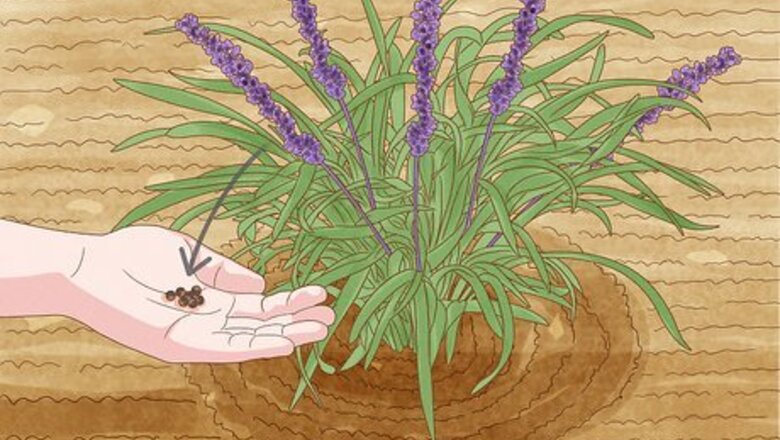
views
Germinating Your Seeds
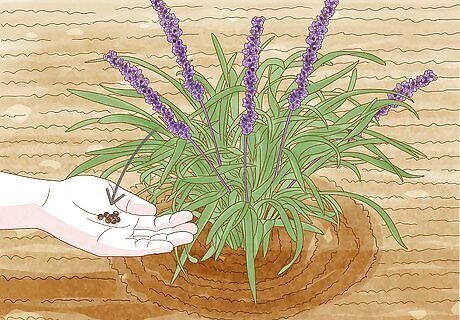
Harvest seeds from monkey grass blossoms. Using snippers, clip the blossom stems that hold the seeds in place. Then, dry the stems by hanging them in a room with good air circulation. Once they’re completely dry, pull the seeds from each stem by hand. Your seeds will not keep for more than a couple weeks without losing their capacity to germinate, so don’t harvest them until you’re ready to use them. Monkey grass blossoms usually arrive in late summer or early fall. If you do not have access to monkey grass blossoms, you can buy pre-harvested seeds at some garden supply stores.

Clean the seeds in warm water to remove excess pulp. If any pulp remains on your seeds, fill a bowl or similar container with warm water and place the seeds inside. Let them soak for about 24 hours, then pull the seeds out and dry them thoroughly with a towel. The pulp should fall off automatically while soaking. If it doesn’t, remove it using your fingers.

Soak your seeds in a bleach solution to remove phenolic compounds. After you remove the pulp, fill a container with a solution made of 1/10 household bleach and 9/10 water. Then, soak your seeds in the solution for about 10 minutes. Once they’re finished soaking, remove the seeds, rinse them off with water, and dry them with a towel. Doing this helps remove phenolic compounds that prevent proper germination.
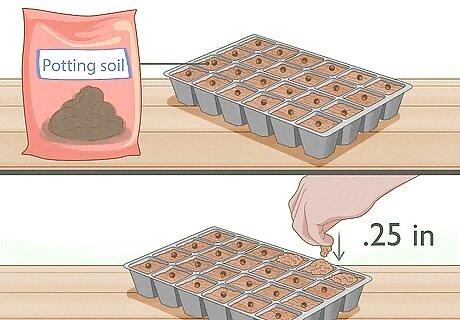
Plant your seeds in a starting tray. Purchase a seed starting tray and fill it with potting soil, making sure to leave about .75 in (1.9 cm) of space at the top. Level the soil if necessary, then lay your seeds out on the tray. Finally, fill the tray with another .25 in (0.64 cm) of soil and mist it with a small amount of water. Place your seeds so that they’re about 1 in (2.5 cm) apart. Look for seed starting trays at garden supply stores.

Store your seeds in a warm, dark area and make sure they stay moist. Once you’ve prepared the seed tray, store it for up to 2 months in a dark area of your house like a closet. For the best results possible, try to keep the room at a temperature of about 77 °F (25 °C). If the soil dries out, make sure you spritz it with water. Check your seeds regularly to make sure their storage conditions are good.
Planting and Cultivating Your Monkey Grass
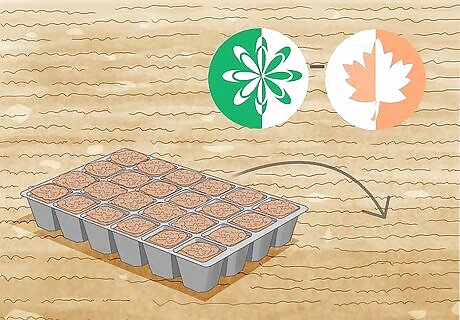
Plant your seeds during the fall or spring. Adult monkey grass is incredibly durable and can handle extreme temperatures with ease. However, monkey grass seeds require a more moderate environment to get going. For the best results possible, try to plant your seeds early in the fall or spring. Avoid planting your monkey grass during particularly rainy seasons so the seeds don’t get washed away.

Find a shady spot to plant your seeds in. Too much sun exposure can damage monkey grass plants and cause them to turn a sickly green color. Because of this, they tend to do best in shady areas with small amounts of filtered sunlight. Some good planting spots include the areas below large trees and fabric canopies. If you’d prefer, you can plant your monkey grass seeds in gardening pots, keep them inside, and transplant them down the road.

Clear the planting spot of weeds and dig up the soil. If there are any weeds or other forms of vegetation in your planting area, pull them up by hand or scrape them away with a steel rake. Once the ground is clear, use a shovel to uproot the soil and dig a flowerbed that’s about 6 in (15 cm) deep. Weeds compete for the same soil nutrients that monkey grass needs to grow.
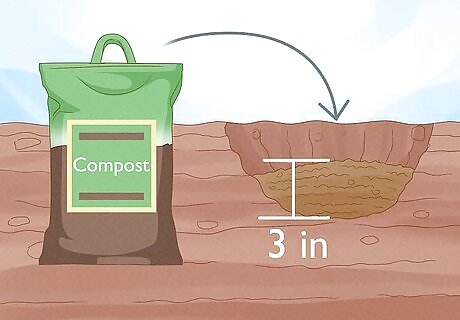
Pour compost into the flowerbed. After creating your flowerbed, fill it with about 3 in (7.6 cm) of compost or peat moss. Monkey grass does not do well in moist soil, so the compost helps drain excess moisture away from your plants. You can find compost at most gardening supply stores. Monkey grass is not too picky about the type of soil it grows in, so use whatever form of compost you prefer.
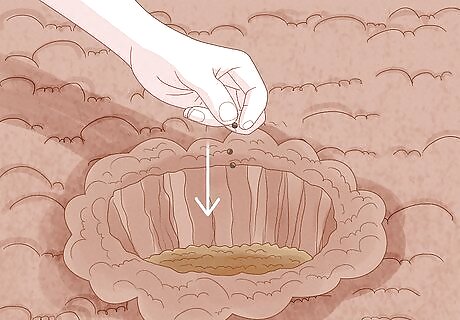
Place your seeds in the flowerbed. Take each of your germinated seeds and nestle them into the soil. If any of the seeds already started sprouting, make sure you plant them so that their stems point toward the sky. Monkey grass plants take up a decent amount of room, so try to leave about 12 in (30 cm) of space between each seed. If you’re planting your monkey grass seeds out of season, place 2 or 3 seeds in each spot in case some of them die out.
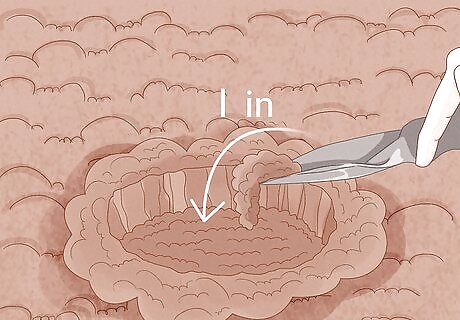
Cover the seeds with 1 in (2.5 cm) of soil. To complete the planting process, gently sprinkle about 1 in (2.5 cm) of soil on top of your seeds. Then, carefully pat the soil down with your fingers or the broad end of a shovel.
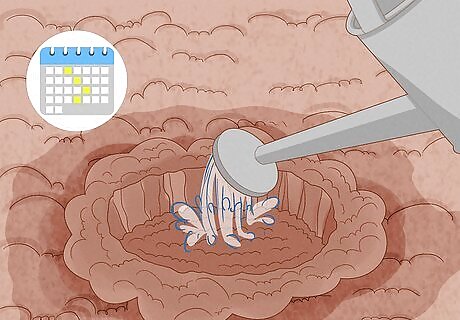
Water your seeds once a week. After planting your seeds, water the soil until it is somewhat moist. Then, touch up the soil with more water about once every week. Keep doing this until the plant sees major growth, at which point you can start watering the flower bed once every 2 to 3 weeks. Do not water your monkey grass if the soil is still moist.
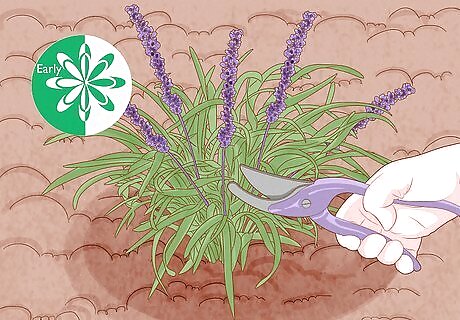
Trim your grass every spring. Once winter comes to an end, you’ll need to trim your monkey grass to remove old, dead foliage and make room for new shoots. You can do this by mowing across your flowerbed or cutting the monkey grass stalks using snippers. For the best results, try to trim your monkey grass in late February or early March.












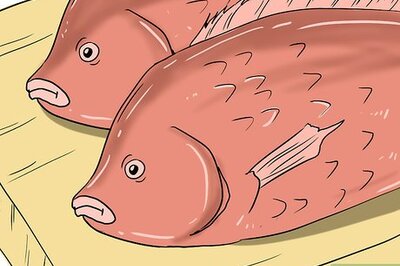




Comments
0 comment